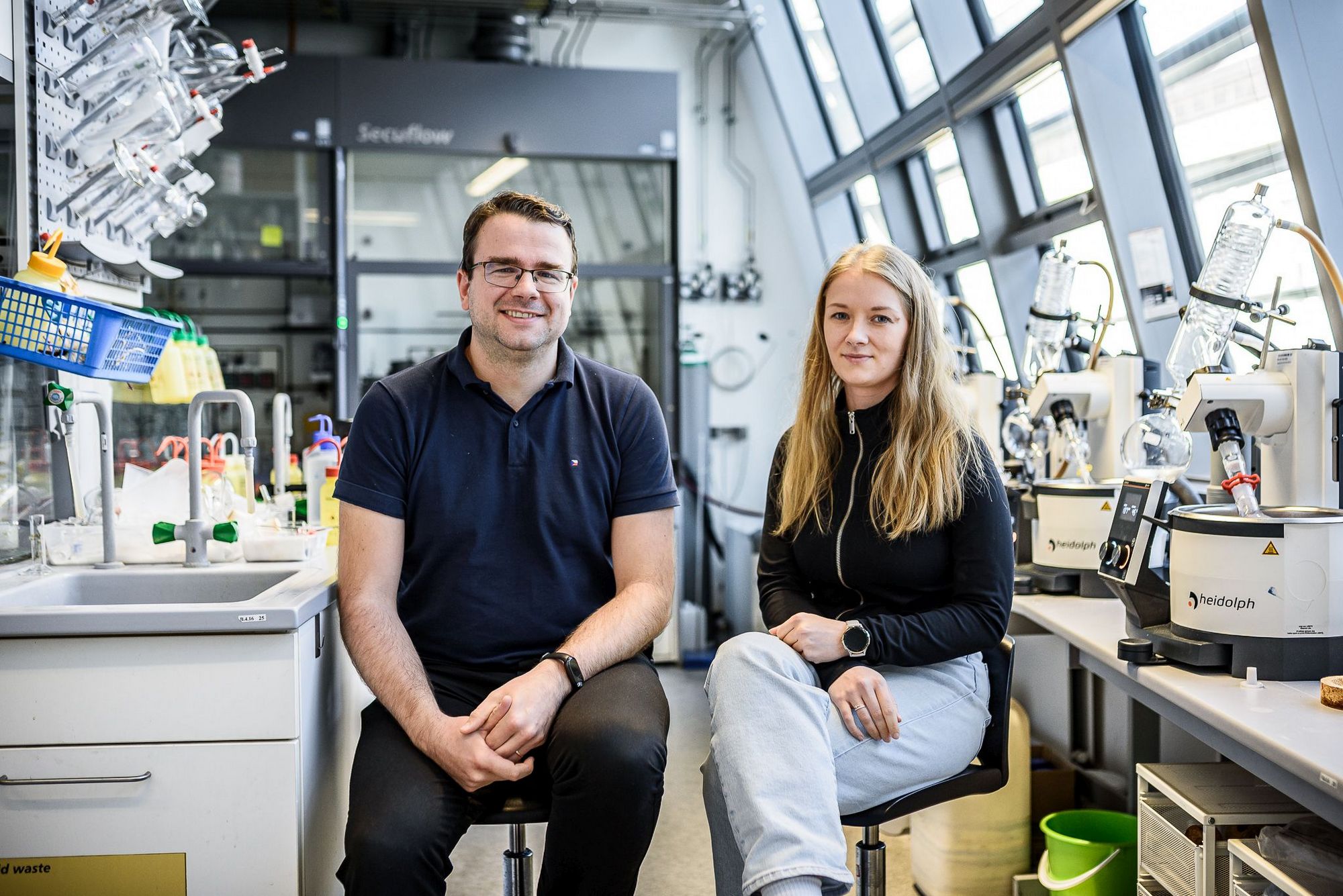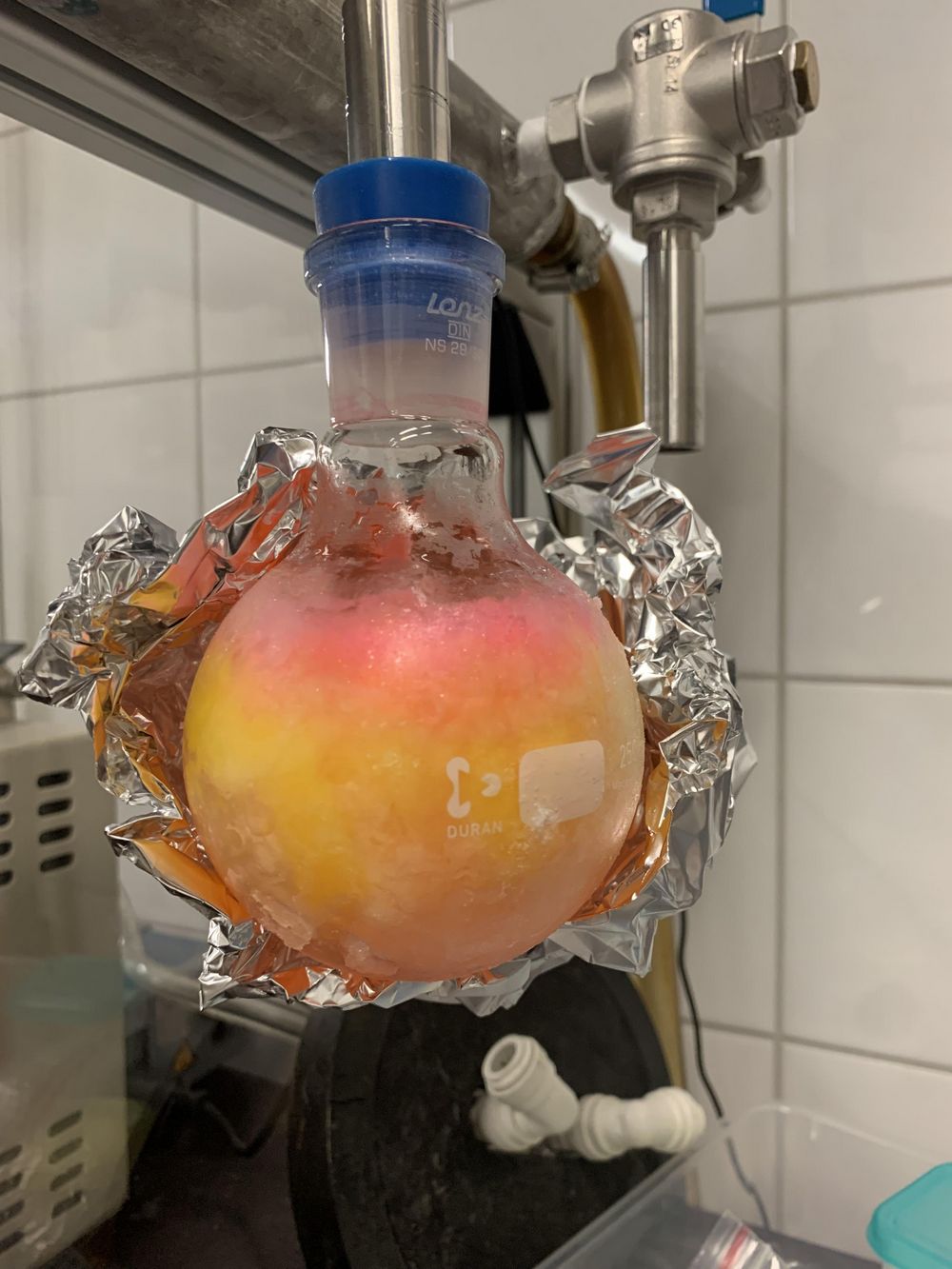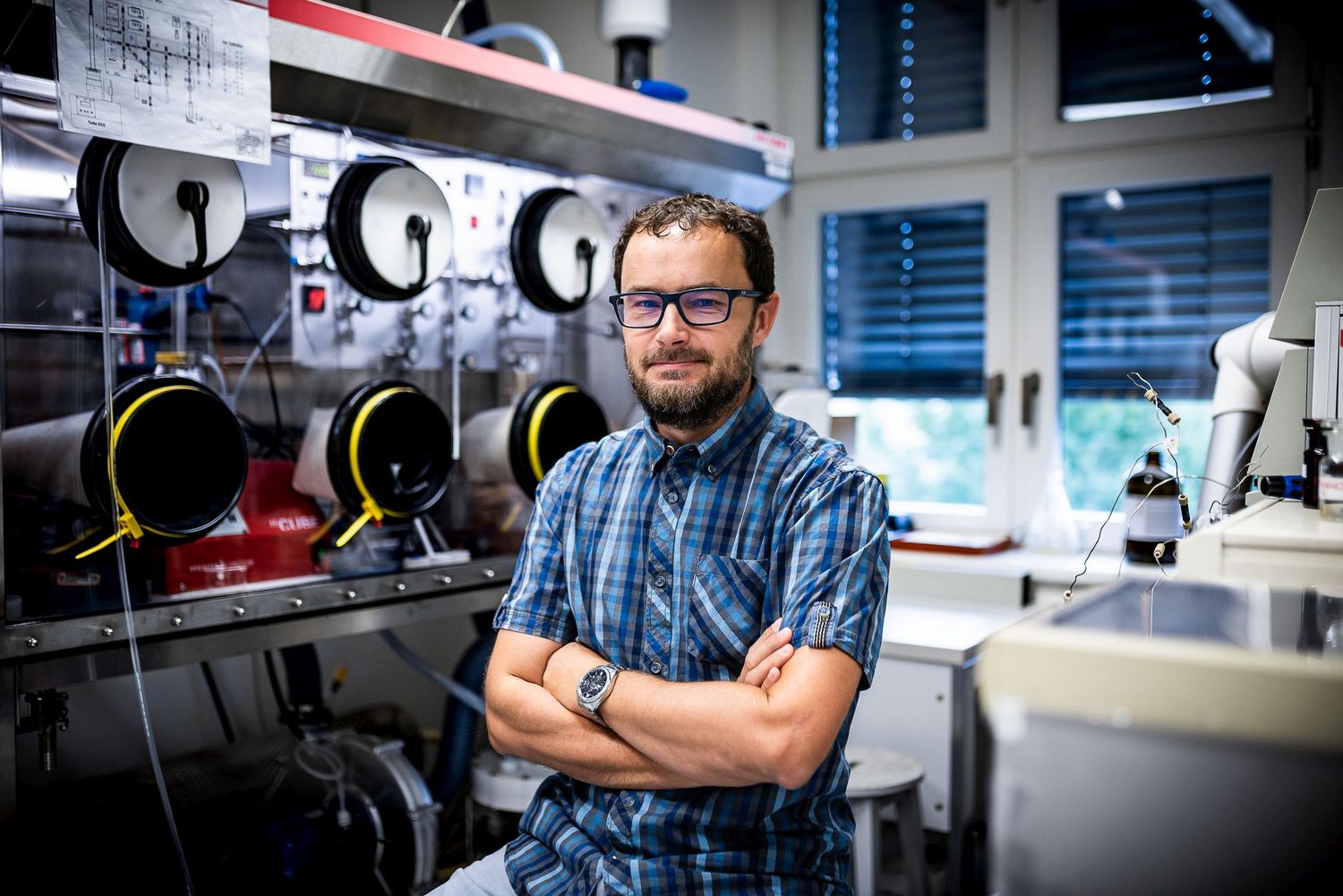Stick and Glue! Tomáš Slanina and his team introduce a new biomolecule-labeling method for more precise observation of cellular processes

A team of researchers at IOCB Prague headed by Dr. Tomáš Slanina has developed a new method for labeling molecules with fluorescent dyes that surpasses existing approaches in both precision and stability. The new fluorescent label remains covalently bonded to its target molecule and does not fall apart even under demanding conditions inside living cells. This allows scientists to track labeled molecules over long periods with high reliability – an advantage for research in biology, chemistry, and medicine. The study was published in Angewandte Chemie International Edition.
Fluorescent labeling of proteins and peptides enables scientists to determine where a molecule is located in a cell and how its behavior changes over time. Current methods, however, have clear limitations. The label often attaches to an unintended site on the molecule, potentially disrupting its structure and, in extreme cases, even its biological function. Moreover, molecules labeled in this way tend to be unstable and can easily unlabel in the cellular environment.
“In our work, we applied a highly precise peptide-labeling approach that uses a two-step chemical reaction triggered by light. This allows us to create exceptionally stable fluorescently labeled molecules,” says Tomáš Slanina.
The new method from IOCB Prague combines the best features of existing strategies – namely, precision and outstanding molecular stability.
Fluorescent labeling proceeds in two steps. First, the dye attaches to the molecule at a precisely defined position. Then, upon exposure to light, the attached label is “glued” in place, converting a temporary bond into a permanent, chemically robust one.
“We call the method Stick and Glue!" explains Lucie Šálková, the study’s first author and a PhD student. “Imagine someone dancing with a glow stick. If the stick isn’t activated, you can’t see it and they disappear into the crowd – they might even drop it. But once they snap it and fasten it to their wrist, they won’t lose it, and you can easily spot where they are. Our method works similarly. First, we attach the fluorescent dye, and only after illuminating it with light do we stabilize it – we glue it to the target molecule. From then on, the molecule can be tracked easily without the dye falling off. Unlike other methods, our glow sticks don’t end up scattered on the floor at the end of the night,” she adds.

The innovative labeling method developed at IOCB Prague offers a universal, precise, gentle, and permanent way of attaching fluorescent dyes – suitable for small molecules as well as large peptides and proteins. These highly stable labels allow scientists to monitor the movement of selected biomolecules in cells and study their interactions with their environment. The technology expands the possibilities for research in biology, chemistry, and materials science and may contribute to the development of new diagnostic and therapeutic tools.

Original article
- Šálková, L.; Dunlop, D.; Tütüncü, B. B.; Knejzlík, Z.; Slanina, T. Thiosulfonate‐Derived BODIPY “Stick and Glue” Strategy for Fluorescent Thiol Labeling. Angew. Chem. Int. Ed. 2025, e15338. https://doi.org/10.1002/anie.202515338






